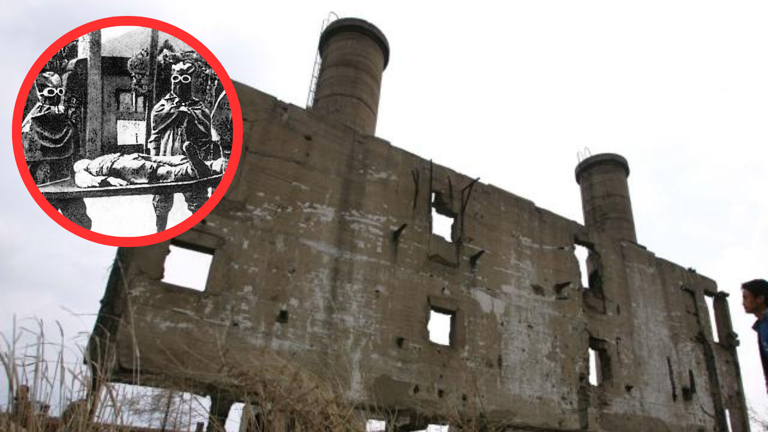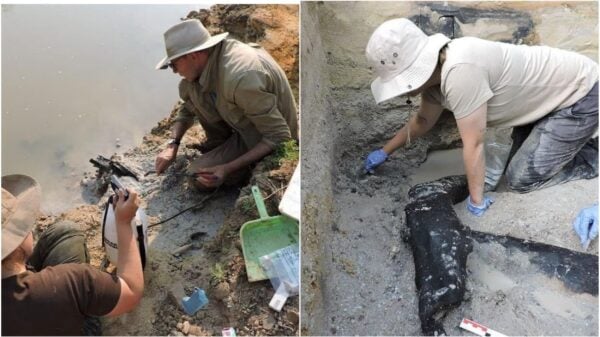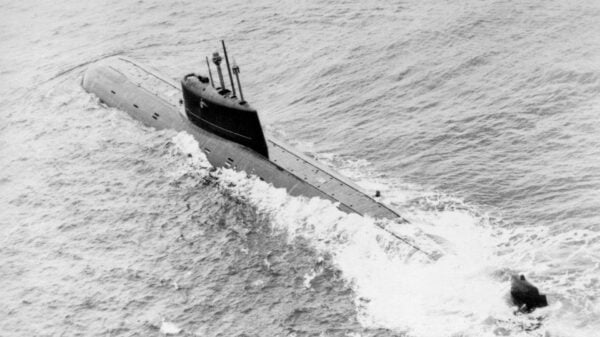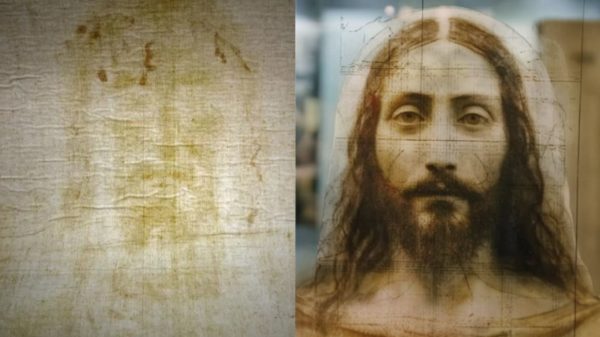A team of Chinese archaeologists has made a stunning discovery in relation to certain studies conducted by Japanese forces some years ago. Though the remains of this gruesome research facility are still available for our assessment, the deathly activities carried out in them occurred mostly during World War II.
The facility in question was discovered close to the city of Anda, in China. Though the prominent facade that camouflages the facility as a factory is now in ruins, the bunkers where the unethical experiments were conducted are still buried in the earth. During its functional days, the facility was annexed by the Japanese Imperial Army and was codenamed Unit 731.
Between 1935 and 1945, strong evidence reveals that the Japanese conducted a series of human experiments within the bunkers discovered at Anda. Reports have it that the facility was utilized for the development of biological weapons. Also, the Japanese researchers went as far as using humans as lab rats, to see how they reacted to the biological weapons being tested.
It is estimated that prisoners of war, running into thousands, were intentionally exposed to disease-causing pathogens. After a period of observation, the prisoners were dissected to see the effects of these biological weapons on their vital organs. The objective was to use the research findings in spreading contagious diseases across China. The Japanese Imperial Army succeeded in initiating a pandemic of cholera and typhoid in China during WWII.
With the data and evidence available, with respect to the activities of Unit 731, an investigation bordering on war crimes by the Japanese Imperial Army may be initiated. So far, the data collected from the archaeological investigation of the bioweapon research facility has been made public. It is currently available in the heritage publications of the Northern Cultural Relics.
The use of biological weapons was banned by two international treaties, one in 1925 and the other in 1972. However, Japan was involved in deliberately inducing the outbreak of contagious diseases. It was reported that Japan secretly poisoned water wells in several villages across China. This act of sabotage was probably an extension of their deathly research effort at the Anda research lab.
Historians have rightly agreed that Japan’s gruesome acts of human extermination, through biological means, would not be the first. Though far from ethical, the Japanese Imperial Army may simply have been building on the tactics of some classic warlords. For example, the Italian Emperor Barbarossa was recorded to have poisoned wells with decomposing human bodies in the 12th century. Likewise, during the American Civil War, confederates reportedly sold clothes that belonged to smallpox and fever patients to Union troops.
In 2019, archaeologists discovered bunkers hidden away under the ruins of the Anda facility using advanced techniques in analyzing the structure. Their efforts revealed that the bunkers consisted of a network of several isolated chambers, and were connected by tunnels. Interestingly, among the many chambers buried 5 feet beneath the facility, they were able to identify a large circular chamber. Though the study has been conducted so far from the surface, the archaeologists suspect the circular chamber served as a theatre and observatory for the dissection of human subjects.
At first sight, the ruins of the Anda site facility, which can still be seen on the surface, would easily pass as a building that was shelled by enemy forces. However, the researchers are starting to suspect that the personnel manning the facility may have destroyed it in 1945. Their argument? The Japanese forces did it intentionally to leave the bunkers lying beneath the ruins hidden, all in a bid to conceal evidence of the experiments taking place.
For clarification, the human subjects used for the Unit 731 studies were largely war prisoners captured by the Japanese forces. Some victims of this human experiment were Russians, Mongolians, Chinese civilians, and Koreans.
During the World Wars, the construction of bunkers became commonplace. However, the purpose of these underground structures varied, depending on the motives of the users. For example, some German bunkers, initially constructed for the transportation of petroleum from inland locations to the seashore, were at some points adopted as shelters during the war.
In other cases, underground facilities may serve as barracks, research facilities, stores for emergency supplies, or even dining areas and bathhouses. There are widespread beliefs that Area 51, in Nevada, houses labyrinths and bunkers for top-secret military research. However, the US government has designated it as a test and training range for the US Air Force.
In 1949, Soviet forces apprehended individuals identified as Japanese army officers and medical researchers who pleaded guilty during trial and confessed to the manufacture and use of biological weapons. On the contrary, the US pardoned the affiliates of Unit 731 captured by the American troops. The condition of the pardon was the revelation of data from biological weapons research.


















